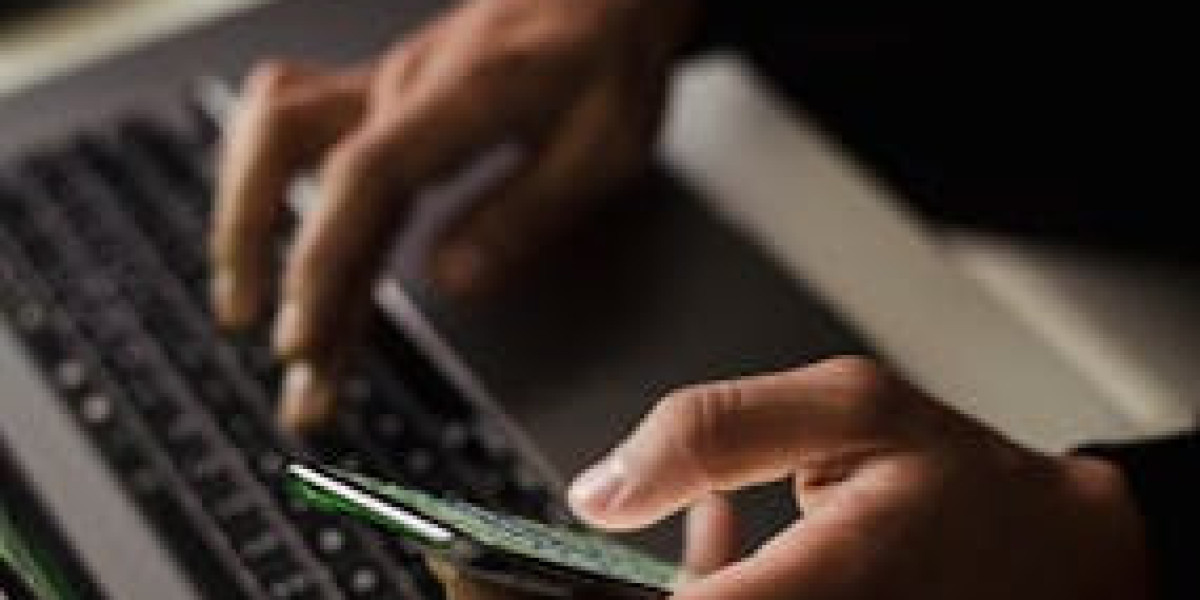Symbolism is frequently used in graphic design, which is all about communicating through recognizable imagery. A dominant instrument in human communication is symbolism.
It enables us to communicate thoughts that are too abstract or difficult to put into words and allows us to do so across linguistic boundaries.
It enables you to immediately establish a connection with your target market by assisting you in developing influential brand designs that make an impact.
Developing a business's visual identity is crucial for increasing recall and brand awareness; symbols fit in wonderfully as a necessary tool. Humans have historically interpreted their world through recurrent shapes in addition to nature and cosmology.
This has much to do with pattern recognition since individuals instinctively notice repetition in the environment, and fundamental geometry is one of the most frequently occurring recurring aspects.
Let's first have a deeper understanding of symbolism before explaining how symbolism and logo design fit together.
The Symbolic Principle in the Theory of Logo Design
Words are composed of disjointed letterforms, whereas symbols are full, complete entities. While a word must first be understood in its specific language before it can be related to a visual, and words expanded into sentences must also be strung together for meaning, they are processed intuitively and instantly.
We think about the two ideas very differently. Symbols may be comprehended immediately; words need an image to be understood.
The yin-yang sign conveys the idea of two opposites being within one whole, but for words to have meaning, one must first visualize the symbol.
Symbols allude to themes and imagery that all humans share. You may think of a symbol as a seed or egg that grows into meaning with the viewer's help, much as how seeds and eggs grow into new species when fertilized.
Logo Design and Symbolism
Logos were created to convey familiarity and connection to replace store owners and grocers as the main point of contact between goods and consumers.
The logo served as a sign to convey to customers a certain quality, expertise, and reliability standard. Every iconic brand and logo has a symbol because it raises the corporation's economic value.
Graphic design, like other forms of communication, depends on symbols. The ubiquitous symbols and their meanings have a rich history, but designers must do more than reuse these images.
Being a designer frequently entails creating a distinctive symbolic language for a company so that customers can quickly comprehend their ideals and what makes them different from rivals.
It's crucial to consider earlier symbols to accomplish this efficiently. Approximately in the last 150 years, symbols have increased much more.
They have spread beyond movements and religions, and brands now use them as their main form of communication.
The symbol does not represent the brand artistically. Since the beginning of time, people have used it as an expressive means of communication. It's also one of your most powerful tools for differentiating yourself in a cutthroat, information-rich market.
Brand logos and emblems have moved away from packaging and into pop culture since the 1960s. Your trademark usage, attire, and display all have their tiny narratives.
They enable others to relate to you and help you convey your brand personality and objectives.
This provides a chance for the companies and logos they select. Options, choices, and information surround us.
Symbols are a very old and well-established technique that can effectively interact with your clients to stand out from the competition and connect with the audience.
Putting function first is the secret to creating effective symbols, trademarks, and logos. Your brand's symbol should be carefully created and can take many different shapes.
Navigational aids like the Twitter and Facebook icons are easy to recall examples of symbols. Symbols, like the Coca-Cola bottle, can serve as a point of distinction. Status symbols include Apple, Versace's Medusa, and Ferrari's horse.
Branding and Symbols
While a logo can serve as a symbol, this differs from most logos' typical role. Logos are designed to portray the company name in an appealing and prestigious manner.
In contrast, symbols act as miniature billboards. They must bind the tribe together and convey meaning. The market for apps for mobile devices is a fantastic illustration of how contemporary corporations create symbols.
There is a little area on a mobile device to communicate information. Because of this, app developers use icons to symbolize their companies.
Any business has the chance to create brand icons. Other symbols might be tangible objects like the Coca-Cola bottle, while some represent digital assets like icons.
One of the most recognizable shapes in the world is the hourglass shape of the Coca-Cola bottle.
Incorporating symbols in logo design
Using symbolism in your logo design can assist your target audience in quickly and efficiently understanding certain aspects of your business. These symbols can be created using your chosen forms, colors, icons, typography, etc.
Since symbols frequently have several meanings, your branding objectives should be considered when deciding how to utilize and interpret symbols.
Bear the following points in mind:
Recognize the history of logos: When a logo resembles another brand too closely, it can lead to confusion and unintended connotations.
Define your brand: By first defining the concept of your brand, you can then decide on the best direction for your logo symbols.
You must know your goals and what makes you stand out. Your brand's personality, pillars, and voice should all be outlined clearly.
Get to know your audience: It's important to comprehend who is viewing your logo. The significance of particular symbols may be viewed differently by various groups, ethnicities, cultures, and faiths.
Understanding the message your logo conveys to the audience you're seeking to draw in is also critical.
Narrate a story: Not all symbols are created equal. Ensure the symbols you choose are clear and simple and contribute to the brand narrative.
Don't make decisions based on aesthetic or visual appeal. Narrate a tale.
Consider the world and think globally: Symbols can have various meanings throughout cultures and nations.
For instance, while the bald eagle may be recognized by most people as a symbol of the United States of America, to Native Americans, it represents nature and a messenger from the Creator.
Conducting research before selecting a symbol if your company does business internationally is crucial.
Avoid conflict: Using several symbols to represent your brand can lead to confusion. Avoid choosing symbols that convey opposing or surprising concepts.
Symbols can be mixed interestingly, but research is always your best defense against bad combinations.
Ultimately, you want your brand to convey a consistent message, and the symbols you select should support rather than contradict this.
Be deliberate: Successful logos have a purpose to them. These impactful logos leave a lasting impression by compellingly and successfully conveying your brand's message.
A carefully chosen symbol may give your logo the lasting impact it needs to make your brand stand out in the crowd.
Make sure the symbol(s) you select has a strong relationship to your business's values, mission, and personality.
You must choose a symbol carefully and thoughtfully for your logo to avoid confusing, conflicting, or offending your customers.
Ensure the symbol you select supports the brand persona you're expressing and that it is chosen with intention.
Final Word
Symbols can generate associations and meanings that are virtually subconscious. The symbol can elicit connections, sentiments, and awareness that influence perceptions of quality and loyalty.
Symbols might be the solution you've been seeking if you're trying to find a deeper way for your customers to engage with your brand message.
When it's tough to distinguish between products and services, a symbol designed by the best custom logo design services can serve as the foundation of brand equity.







